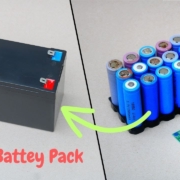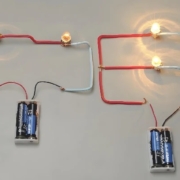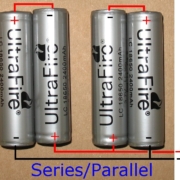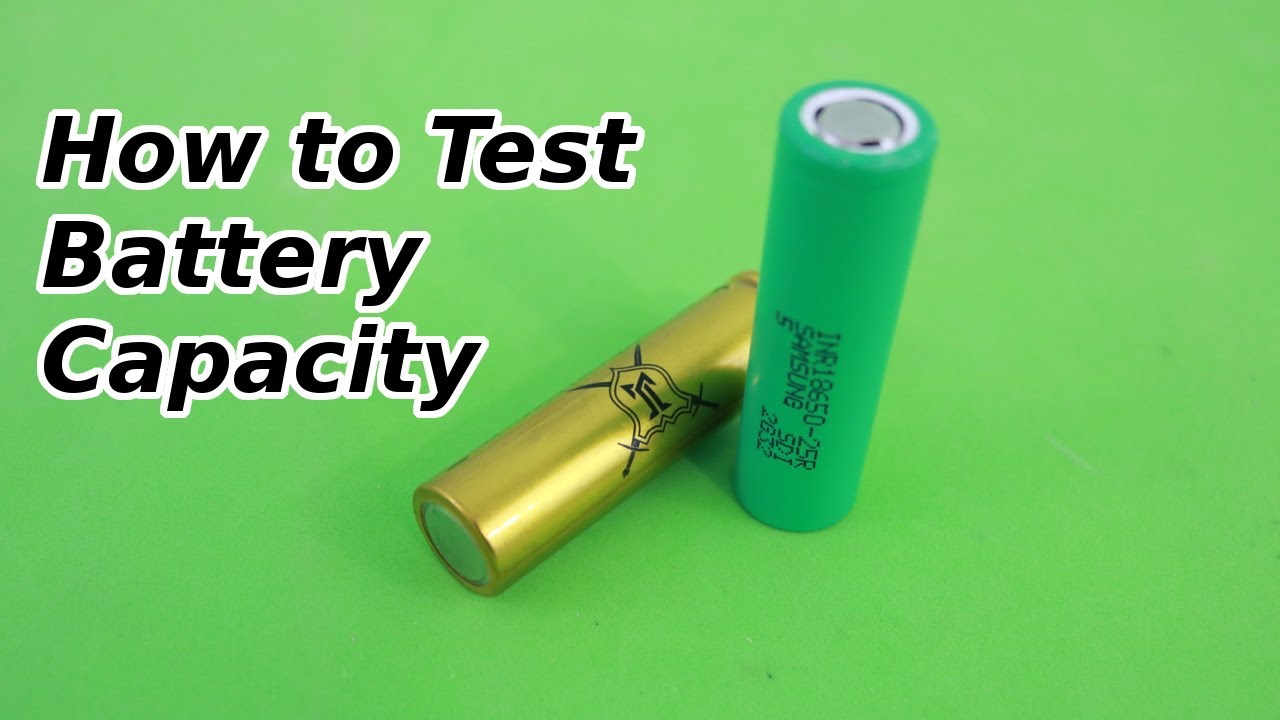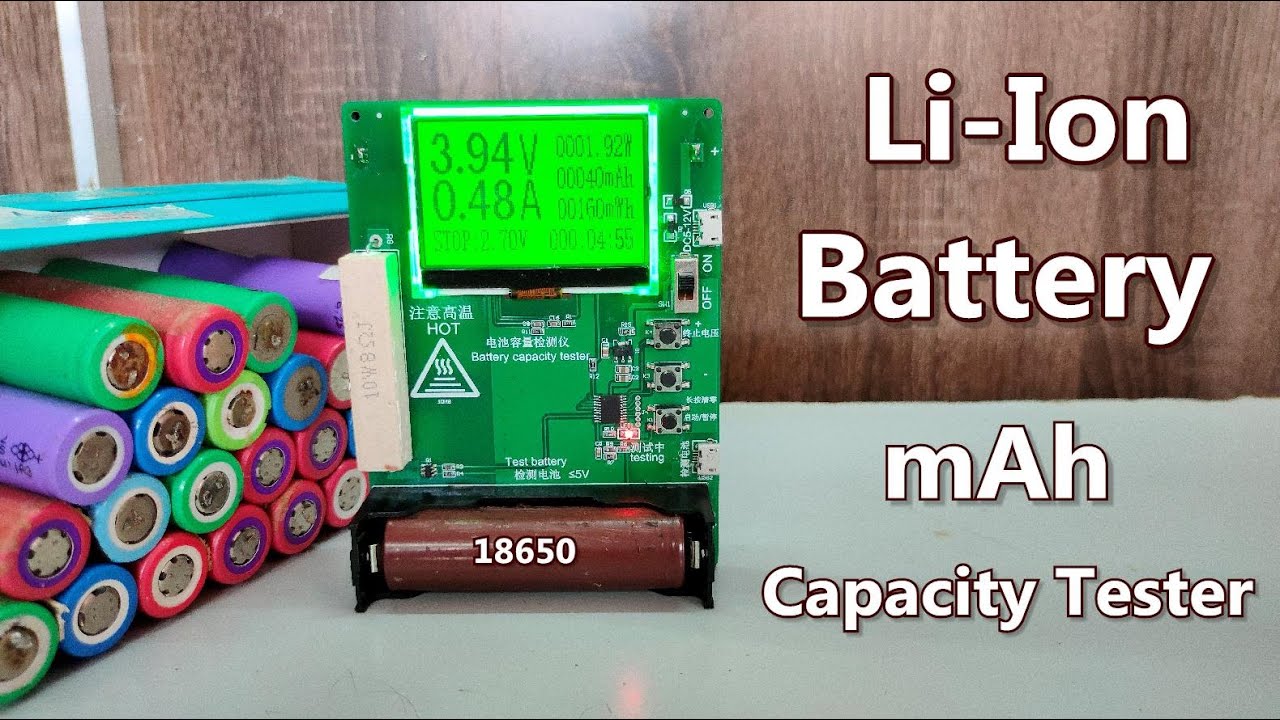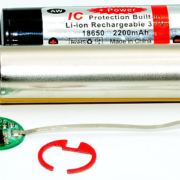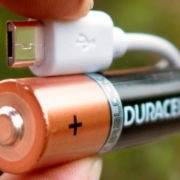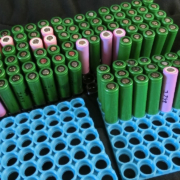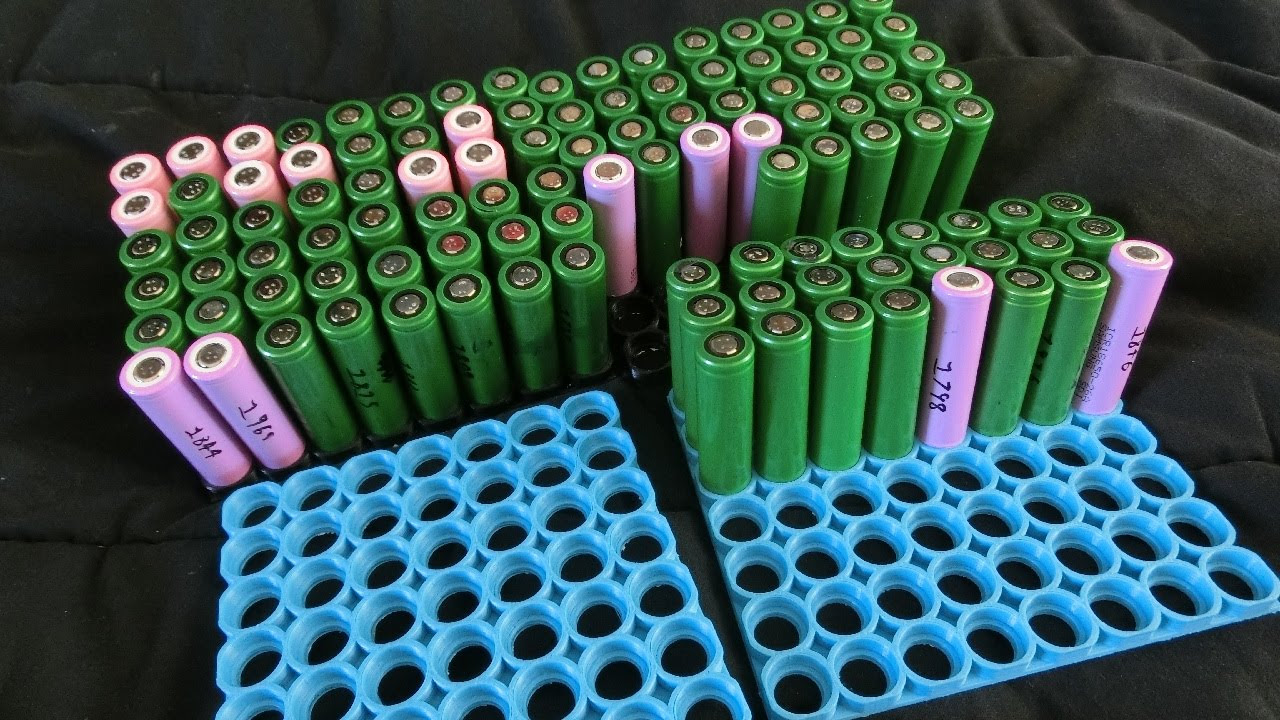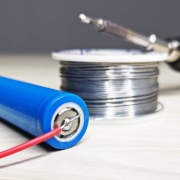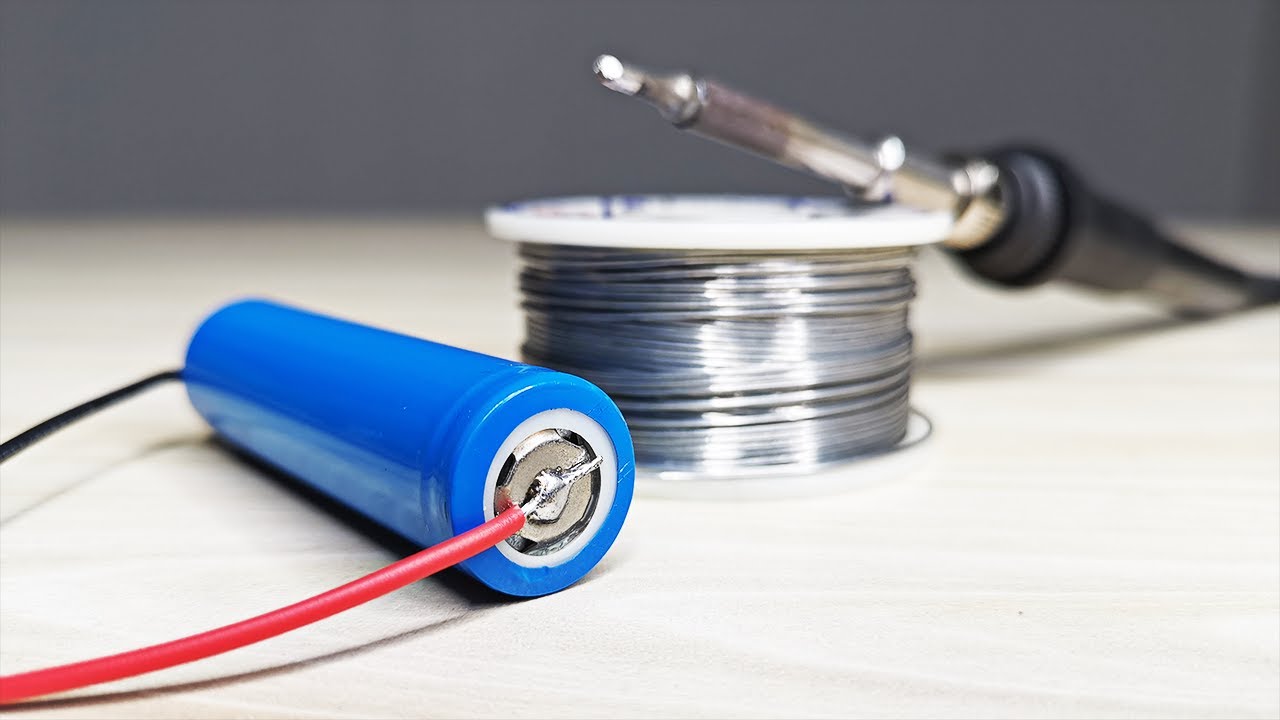Как подключить аккумуляторы 18650 без пайки
Литий-ионные аккумуляторы 18650 чрезвычайно полезны для питания всевозможных электронных проектов. Однако правильное подключение этих батарей может оказаться непростой задачей, особенно если вы хотите обойтись без пайки.
В этом посте я расскажу вам о нескольких способах подключения аккумулятор 18650 ячейки без необходимости пайки.
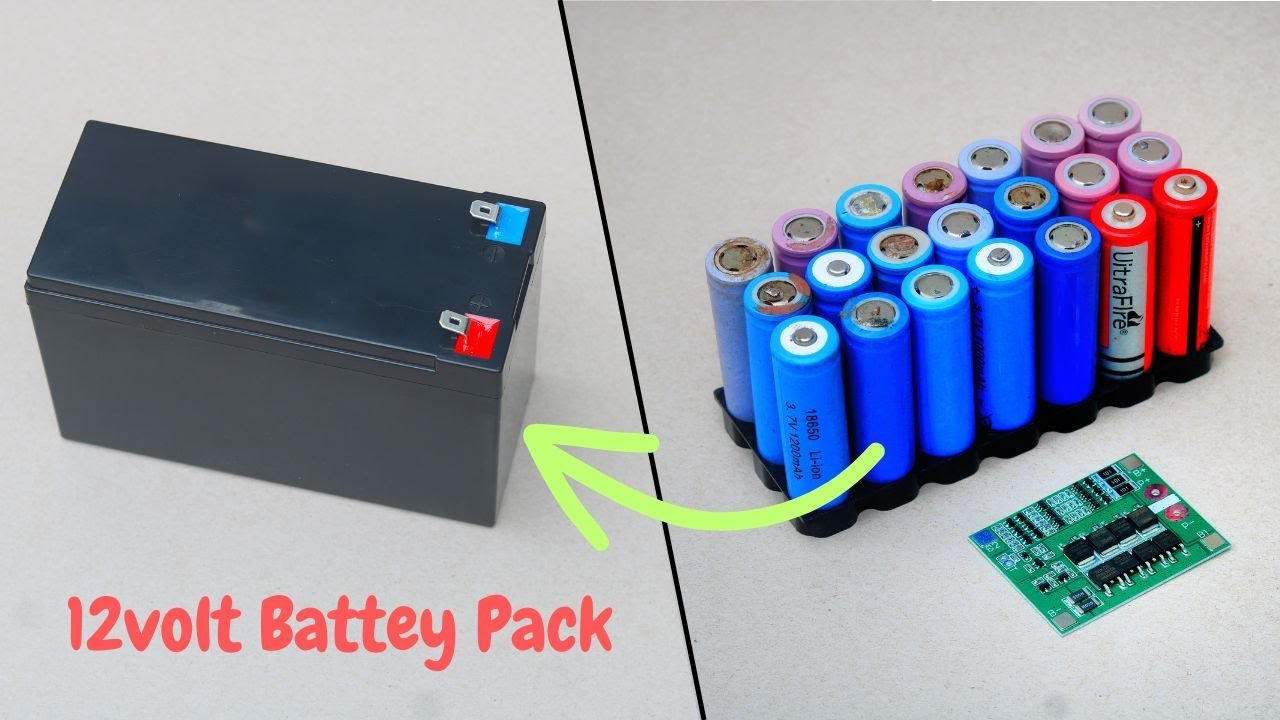
Почему стоит избегать пайки аккумуляторов 18650?
Прежде чем мы перейдем к деталям, вы можете задаться вопросом, почему вы хотите избежать пайки соединений аккумуляторов 18650 в первую очередь. В конце концов, пайка - это распространенный способ создания электрических соединений.
Есть несколько причин, по которым пайка литий-ионных элементов не является идеальным вариантом:
- Если не быть предельно осторожным, тепло может повредить внутренние компоненты батареи. Это может сократить срок службы батареи или даже сделать ее нестабильной.
- Паяные соединения могут со временем выйти из строя из-за вибрации или механических нагрузок. Этот режим разрушения ускоряется при высоких токах разряда.
- Чтобы быстро припаять клеммы аккумулятора, не перегревая элемент, нужна практика. Новички часто повреждают элементы во время обучения.
- Во многих юрисдикциях устройства с паяными литий-ионными аккумуляторами требуют дорогостоящих сертификатов безопасности UL. Отказ от припоя упрощает процесс сертификации.
Поэтому, хотя, конечно, можно безопасно паять аккумуляторы 18650, если вы действительно знаете, что делаете, отказ от пайки вообще упрощает жизнь.
К счастью, существует несколько хороших альтернатив для электрического соединения этих батарей.
Как подключить аккумуляторы 18650 без пайки
Метод 1: Использование держателя для аккумулятора 18650
Самый простой метод без пайки - использовать готовый держатель для аккумулятора 18650.
Эти пластиковые держатели надежно удерживают отдельные элементы 18650, обеспечивая при этом электрические контакты с их клеммами. Несколько держателей можно комбинировать для создания аккумуляторных блоков различного напряжения и емкости.
Вот некоторые преимущества использования держателей для батареек:
- Супербыстрая и простая сборка - не требуется никаких инструментов
- Безопаснее, чем методы "сделай сам", для начинающих пользователей
- Готовность к замене отмерших клеток в дальнейшем
- Защищают клетки от вибрации и ударных нагрузок
- Широко доступные компоненты по низкой цене
Однако у держателей 18650 есть некоторые ограничения:
- Контакты рассчитаны только на относительно низкие токи разряда (т.е. 10+ ампер максимум)
- Большой форм-фактор - блок из 12 ячеек будет довольно громоздким
Если ваш проект потребляет умеренный ток, эти простые пластиковые держатели станут отличным вариантом для литиевых батарей, не требующим пайки.
Я использовал этот базовый подход для создания небольшого 12-вольтового литиевого банка питания. Работает просто великолепно!
Метод 2: Никелевые полоски и точечная сварка
Для батарей с умеренным и высоким током никелевые полоски часто обеспечивают наилучшую производительность и надежность.
Вместо пайки отдельные никелевые полоски свариваются точечной сваркой для последовательного и параллельного соединения элементов. Это создает жесткую механическую связь и одновременно формирует электрическое соединение с низким сопротивлением.
Изготовление аккумуляторных блоков из необработанных элементов 18650 с использованием никелевых полосок обеспечивает:
- Максимальная электрическая и механическая целостность
- Высокие возможности пикового разряда
- Компактный форм-фактор (при заданной энергоемкости)
- Гибкие конфигурации и количество клеток
К сожалению, решения для точечной сварки "сделай сам" остаются дорогими, сложными и потенциально опасными для начинающих пользователей. Другими словами, это не совсем простые варианты без пайки.
Метод 3: Адаптеры для точечной сварки печатных плат
В последнее время некоторые небольшие компании разработали адаптерные печатные платы, которые позволяют DIY-любителям производить точечную сварку литиевых элементов без создания аппарата точечной сварки.
Эти переходные платы имеют предварительно луженые площадки из толстой меди, расположенные в точном соответствии с размерами элементов 18650.
Чтобы собрать батарею, необходимо:
- Расположите слоистые ряды голых литиевых элементов на ПЕЧАТНАЯ ПЛАТА
- Используйте обычный ручной паяльник для точечной сварки никелевых полосок на медных площадках
- Паяльные полоски между рядами для последовательного и параллельного соединения ячеек
По сути, эти адаптеры превращают недорогой 40-ваттный паяльник в мощный сварочный аппарат!
Преимущества такого подхода по сравнению с традиционной точечной сваркой заключаются в следующем:
- Гораздо меньшая стоимость оборудования
- Достаточно прост для нетехнических строителей
- Последовательные, надежные электрические соединения
- Отсутствие держателя батареи = компактный форм-фактор
- Гораздо более быстрый процесс сборки
При небольших и средних объемах производства использование адаптеров для сварки аккумуляторов на печатных платах обеспечивает все преимущества беспаечных батарей 18650!
Все еще не можете подключить 18650 без пайки?
Надеемся, приведенный выше обзор дал вам несколько идей по надежному соединению литий-ионных элементов 18650 без использования паяльного или сварочного оборудования.
Как вы видели, и готовые держатели аккумуляторов, и новые адаптеры для точечной сварки печатных плат обеспечивают надежные методы беспаечного соединения для проектов 18650.
Выбор оптимального подхода зависит в основном от целевого тока разряда, допустимой сложности и общего бюджета.
Если вы все еще ищете советы по сборке блоков18650 без пайки, я буду рад помочь! Просто напишите мне комментарий ниже.
Дайте мне знать, помогло ли это краткое руководство объяснить варианты подключения 18650 без пайки. До следующего раза, продолжайте делать удивительные вещи!

